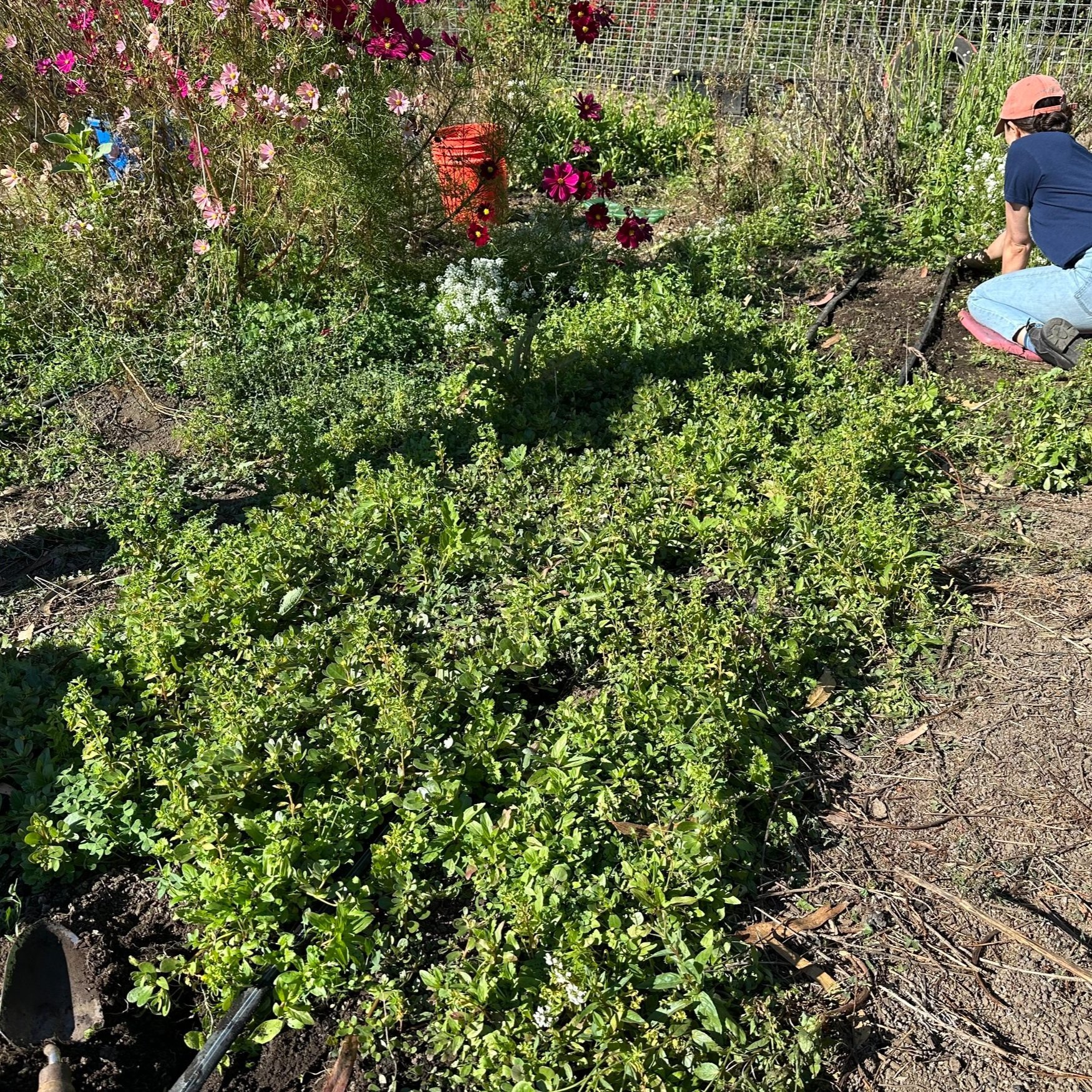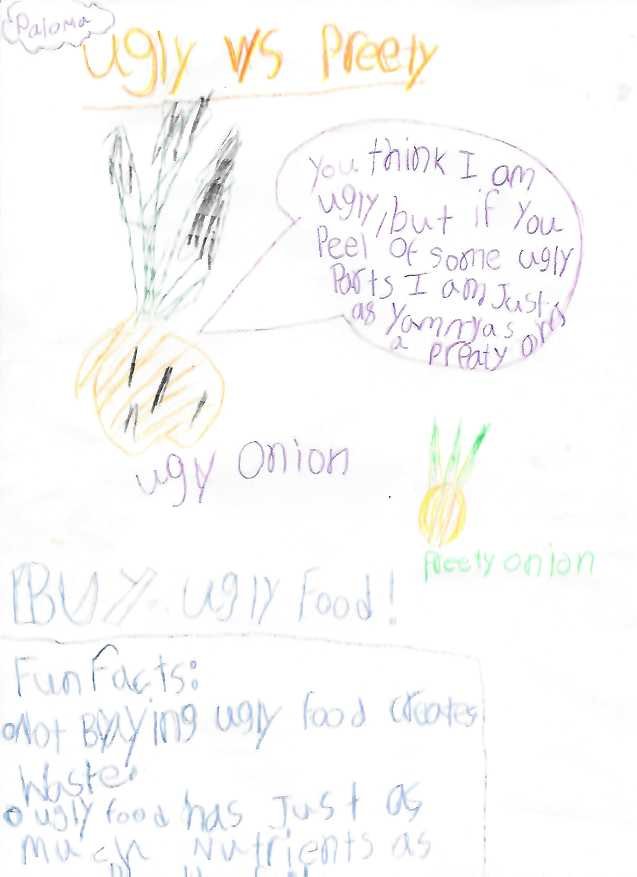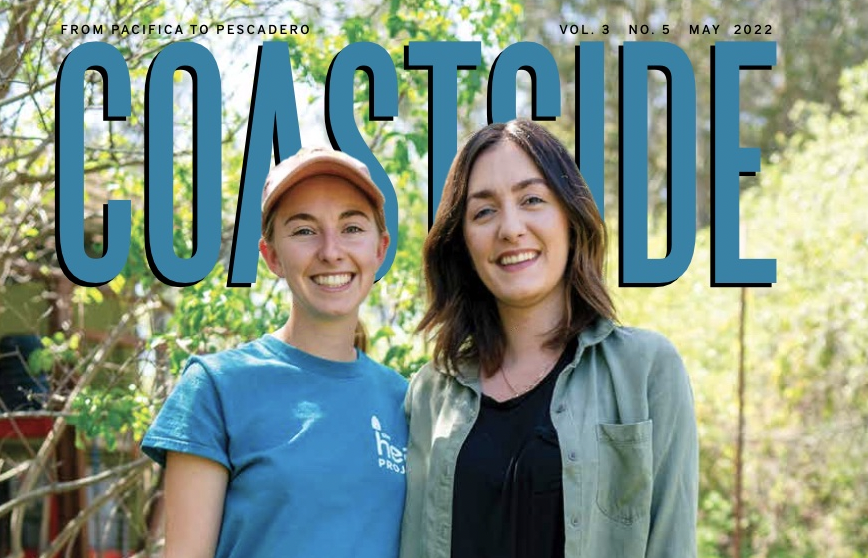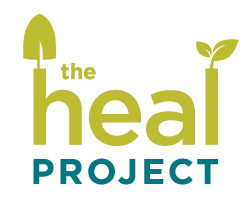
Stories and reflections from The HEAL Project on food, nature, and health.

Eat Your Weeds!
Our Executive Director gets a lesson in edible weeds on his first Community Farm Day with The HEAL Project.

HEAL Project Student Returns to the Outdoor Classroom for Summer Internship
As a garden program alumnus, Aila's internship at The HEAL Project this summer has strengthened her experience in outdoor education.


Eat Ugly Food! say the students of The HEAL Project
Ugly vs Preety
“You think I am ugly, but if you peel of some ugly parts I am just as yummy as a preety onion”
Buy Ugly Food!
Fun Facts:
Not Buying Ugly food creates Waste.
Ugly food has Just as much nutrients as preety food.



